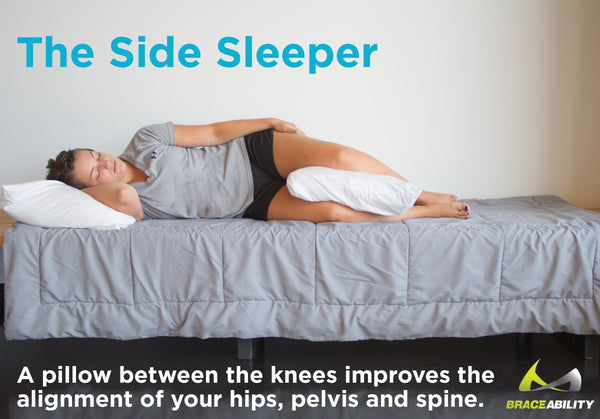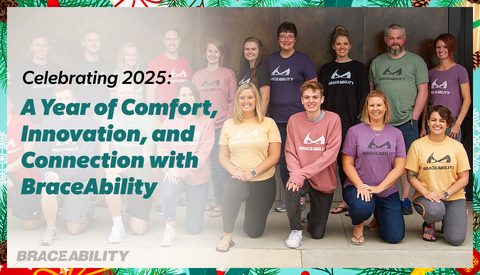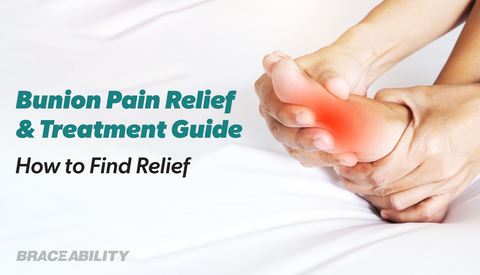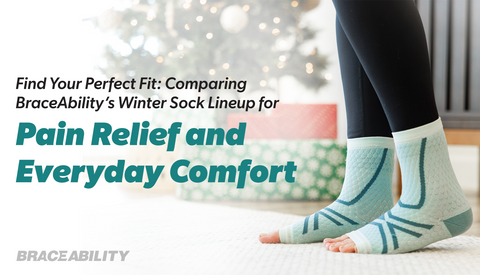Dealing with Facet Arthropathy: 7 Tips for Getting Your Life Back
If you live long enough, you will probably develop facet arthropathy, which falls under the more general definition of arthritis of the spine.
The small, movable facet joints on the right and left side of the posterior spine (the back side of the spinal column) wear down over time, especially those of the lumbar (low back) and cervical (neck) spine. Thoracic facet arthropathy of the mid-back is rarer. (Check out this post on post on facet joint syndrome for more details on what facet arthropathy is.)
For some people, this causes no problems, but for others, the degenerative changes can lead to swelling (facet hypertrophy) or locking of the joints that in turn cause muscle spasms, stiffness and pain that can range from mild to debilitating. Advanced facet arthropathy can make working, caring for kids or even getting out of bed each day a challenge.
Don’t Let Facet Joint Arthropathy/Hypertrophy Ruin Your Life
While there is no cure for arthritis, there are steps you can take to improve the situation (in addition to any doctor-provided solutions). In the following article, we lay out seven steps you can take for facet arthropathy treatment.
Some may help and some may not and results will take time, but trust me—doing something about your pain is so worth it.
-
Mind over Matter
One of the hallmarks of facet joint arthropathy or hypertrophy is its inconsistency. Your pain is intermittent and often comes on unexpectedly. And the fact that a hypertrophic facet often coincides with other back problems such as a bulged or herniated disc can make it that much trickier to diagnose and treat.
Unfortunately, this leaves some facet joint arthrosis sufferers feeling like it’s “in their head,” so they don’t seek the treatment that can be so helpful.
Knowing that degenerative changes in the spine are to blame for your neck or back pain and that there are things you can do to help can be empowering.
While you cannot cure arthritis, you can choose how you deal with and relate to it. A simple change in mindset and being intentional about your thoughts can reduce the anxiety and depression that often accompany chronic pain, in addition to easing pain itself.
You might consider meditation or look into the practice of “mindfulness” for further guidance.
Seeking out a group of fellow arthritis or back pain sufferers online or in your community can be great for support during your battle against back pain and as a resource for dealing facet joint disease.
-
Move!
The facet joints tend to shrink if they are not kept pliable via normal, everyday movement. So moderate to severe facet hypertrophy pain that leaves you bedridden or unable to bend can actually feed into the problem.
Regular exercise can keep the facet joints flexible and prevent stiffness in the back or neck. And that’s just one of the many benefits of exercise for facet hypertrophy treatment. It can also:
- Improve mood
- Reduce the need for medications
- Boost energy
- Help you maintain a healthy weight
- Prevent recurrence of pain or a locked-up back
Of course, there are some guidelines you should follow so as not to overdo it and make the problem worse. You should stick to gentle, fluid exercises that won’t jar the back—think swimming, water aerobics, walking, gentle resistance training or appropriately modified yoga/Pilates.
Another word to the wise—you should increase the intensity/duration of any workout gradually to prevent injury.
-
Limit How Much You Sit
Sitting is one of the worst positions for many sufferers, especially those with lumbar facet arthropathy. Breaking up the amount of time you spend on your butt at home or at the office with bathroom or stretch breaks can prevent the back from stiffening up.
You might even consider building or invest in a standing workstation. Some employers will supply one for you, though this might require a note from your doctor.
If you have a long commute, see if there are changes you can make to your schedule to eliminate or shorten it each week.
And when sitting can’t be avoided, using good posture can help.
-
Try a Cervical or Lumbar Facet Arthropathy Brace
Another “tool” that can help with facet arthropathy syndrome is a back brace. This LSO brace is a great solution for lumbar facet hypertrophy/arthropathy since it supports and compresses the low back, in addition to reducing pressure on the facet joints. Its mechanical pulley system is a breeze to operate, plus the brace itself is lightweight and breathable.

Those dealing with cervical facet arthropathy might benefit from the support of a restraining collar during particularly painful episodes.

-
Get a Massage to Ward off Spasms from Multilevel/Bilateral Facet Arthropathy
One of the more problematic symptoms of spinal facet arthropathy is that it can cause the surrounding muscles to spasm to protect the joint. Besides causing pain and stiffness, this can also actually compound the problem by pulling the facet joints out of alignment.
For many, deep tissue massage or massage targeting trigger points can ease tension around the affected joint and speed blood flow to the region, soothing tense, spasming muscles and preventing a recurrence down the road.
You should check with a physician before scheduling a massage. And if possible, see a certified massage therapist who specializes in treating neck and/or back conditions.
-
Ice and Heat Therapy Can Relieve Facet Hypertrophy Pain
Ice and heat therapy are two tried and true methods that together or separately can do wonders for a sore facet joint. Both alter the sensation of pain, with heat dilating blood vessels and boosting circulation and cold causing the blood vessels to constrict, which reduces swelling.
If you’re dealing with bilateral facet arthropathy or hypertrophy of the lumbar spine, you might consider buying a low-back brace that can hold a gel pack for cold or heat therapy as it treats degenerative back problems. We also offer a lower back wrap specifically intended for cold and heat application.
Warm baths can work wonders for relieving pain and tension. And you can make it even more effective by adding a few cups of Epson salt to the water. The magnesium has anti-inflammatory benefits.
Getting the right combination of heat and/or cold therapy can take some trial and error but this natural way of dealing with back pain is a go-to treatment method for good reason.
-
The “Best” Sleep Posture for People with Facet Arthropathy
What works in terms of sleep positions for facet joint disease varies for everyone, but there are some tips that can make your nights more restful and your mornings less painful.
Namely, making sure that your spine is in proper alignment can make a huge difference in your back pain. This means you should consider whether your ears, shoulders, and hips are aligned once you crawl into bed and adjust accordingly.
- If you’re a slide sleeper: Slip a pillow between your legs to improve alignment. Also, switching what side you sleep on can help prevent imbalances from developing.

- If you sleep on your back: Putting a pillow under your knees and possibly a rolled towel under the small back can help keep your spine neutral.

- If you’re a stomach sleeper: Putting a flat pillow beneath your pelvis and lower abdomen can relieve pressure on the low-back.

If you can’t find relief sleeping flat in bed, try snoozing in a recliner or an adjustable bed. Elevating the head and the knees can relieve pressure on the facet joints and the discs of the spine. One final word of warning—when turning in bed, be sure to keep your core tight and move your entire body at once. This can stop you from tweaking the back as you roll over.












